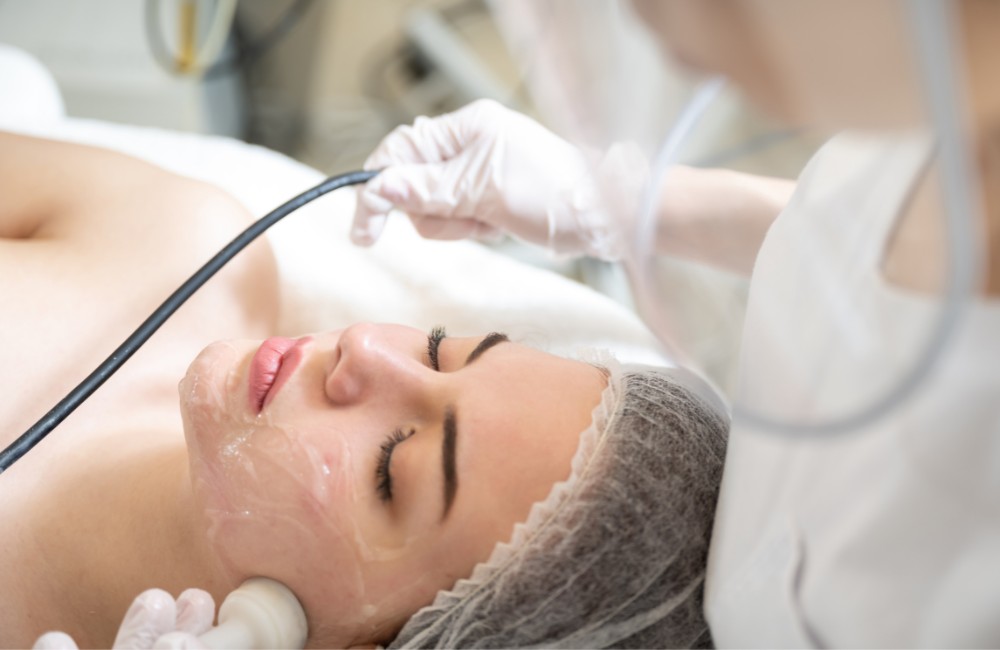Surgical Treatment
Surgical Dermatology
Care Options
Treatments We Offer
Skin Exam
A shave biopsy is a diagnostic test where a thin piece of skin is removed from the surface using a sharp blade. The tissue is then examined under a microscope. Learn more about Annual skin exam Orland Park
PUNCH BIOPSY
CRYOSURGERY
Cryosurgery is a treatment that uses extreme cold produced by liquid nitrogen or argon gas to destroy cancer cells and abnormal tissue. It is a local treatment, which means that it is directed toward a specific part of your body. Learn more about Cryosurgery Orland Park
ELECTRODESICCATION AND CURETTAGE (ED&C)
Scraping or burning-off skin growths can be used for less serious skin cancers, pre-cancers and benign growths. A local anesthetic is injected, and then the abnormal tissue is scraped off with a special tool. The area is then cauterized until bleeding stops. This may be repeated if the growth is cancerous. The wound will need to be dressed until it heals, and it usually leaves a small white mark.
Wide Local Excision (WLE)
In wide-local excision, the skin cancer and a small margin of healthy tissue around it is cut out, usually in a football-shaped ellipse. Once the tissue has been removed, the edges of the wound are sutured together. The tissue then is sent for processing and margin evaluation by a pathologist.
Who We Are
About Us
Fine Skin, led by Dr. Renuka Bhatt, is a top dermatology and cosmetic care center focused on enhancing skin health and beauty. With a skilled team of board-certified dermatologists, nurse practitioners, and licensed aestheticians, the clinic provides personalized medical, surgical, and cosmetic dermatology treatments. Their commitment to innovative care ensures every patient receives expert solutions tailored to their unique skin needs, promoting healthy, radiant skin.


